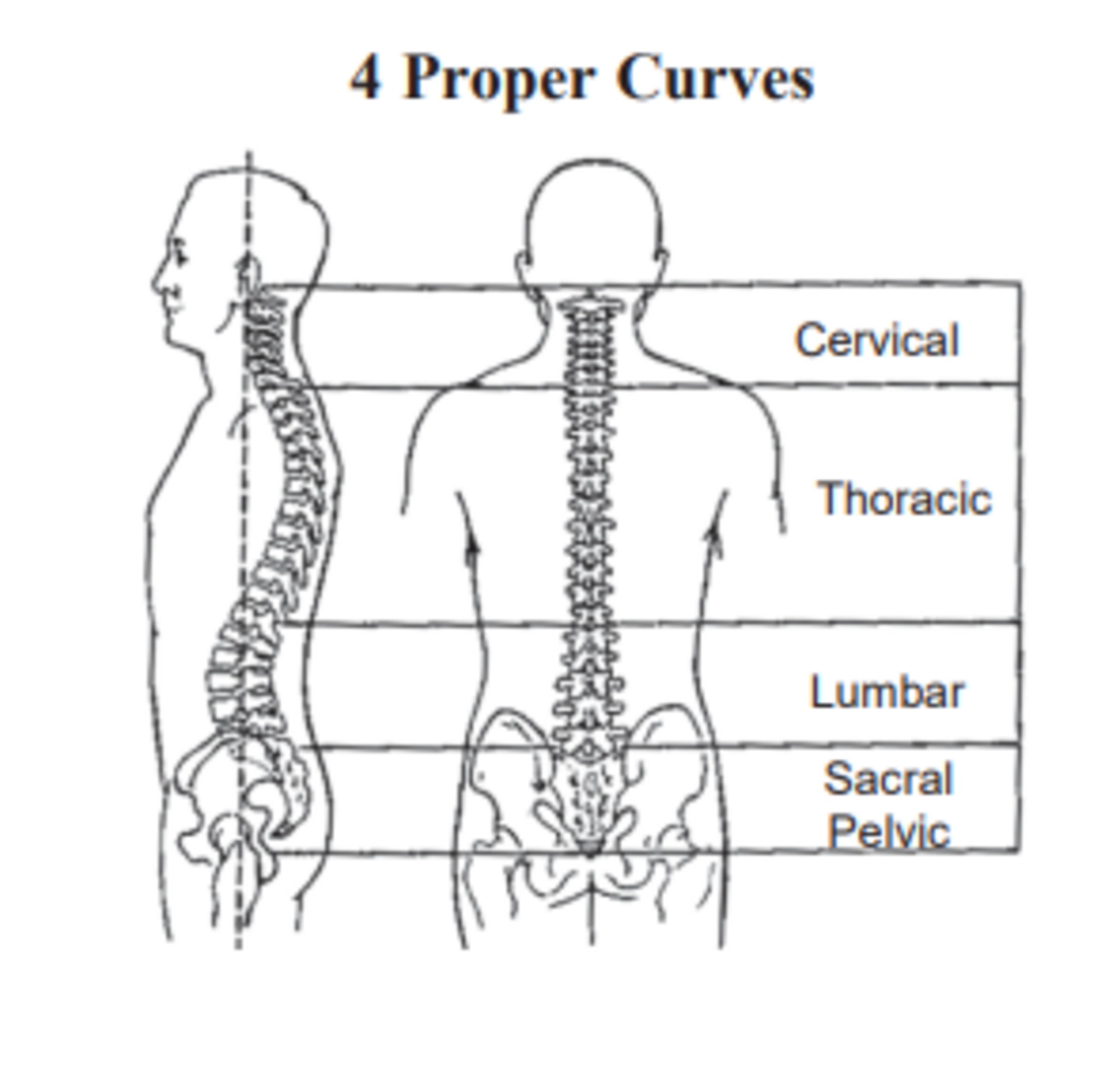
Ever Wondered Why?
Most people don’t realize this, but your spine… it’s not meant to be stick-straight like a broom handle. Seriously, if you see a side-view x-ray of a healthy back (and if you haven’t, check out a normal spine curve x ray), it’s got these gentle swoops and dips that look sort of like a stretched-out ‘S’ or maybe a winding river.
Strange, right? But if you’ve ever caught yourself rubbing your neck after a long work call or shifting in your seat after a Netflix binge, you already know on some level: the way your back curves can make or break your day.
Not Just For Show
Those 4 curves of the spine aren’t there to win any beauty contests. They’re your body’s built-in shock absorbers. They keep you upright, balanced, and ready for whatever—like jumping up to rescue your coffee before the cat tips it over (happened to me just last week…).
Let’s get real: if your spine was totally flat, every bumpy sidewalk or gym hop would send a mini-earthquake up into your head! Instead, those curves—cervical, thoracic, lumbar, and sacral—work together to spread out the pressure from your head down to your feet. Like, teamwork at its best.
But Wait… Why Four?
Here’s something wild: babies start life with a c-shaped back. As we grow, crawling and eventually faceplanting onto the carpet, we develop new curves for better movement and balance. Each one has a fancy name (thanks, science):
- Cervical lordosis (neck)
- Thoracic kyphosis (upper back)
- Lumbar lordosis (lower back)
- Sacral kyphosis (at the base—right above your butt, let’s be honest)
If you want to dig deeper, there’s this cool guide on primary and secondary curves of the spine that explains how some curves are with us from day one, and others show up as we start moving more on our own. Kind of like life, right?
A Story: When the Curve Goes Crooked
Let me toss in a personal fail. Back in college, I thought “good posture” meant standing ramrod straight, chest out. Turns out, I was messing up my own curves. My neck (cervical) lost its nice arch and, wow, the headaches started arriving like clockwork. Took months to undo that army stance! (Sincere shoutout to my physical therapist for straightening me out—see, asking for help is worth it!)
Top Curve: The Neck—Meet Cervical Lordosis
Your neck does more than just support your head (though, fun fact, your head weighs about as much as a bowling ball—try carrying that around all day!). The cervical curve is an inward swoop—think of it as a hammock for your skull.
When this curve’s in good shape, you can nod, twist, and gesture “no way!” without a twinge. But if it goes flat, or curves the wrong way (yes, there’s such a thing as a backward neck), you might find yourself getting headaches, shoulder tightness, even shooting pains down your arms—ugh.
The Tech Neck Era
Ever catch yourself hunched over your phone, chin jutting out, lost in some endless scroll? Congrats, you’ve entered the world of “tech neck.” It’s the enemy of healthy cervical lordosis—your curve flattens, and that puts extra stress on your muscles and nerves.
Honestly, I’ve had days where my neck just… refuses to turn, especially after a weekend spent bingeing podcasts hunched in my reading chair. Remind me why paperbacks are so addictive? Oh right, because closing them doesn’t send me 65 new notifications. Anyway…
Want to Check Your Curve? Try This.
Stand side-on in the mirror. Are your ears lined up over your shoulders? Or are they leaning forward, doing the turtle poke? That’s a dead giveaway your cervical curve might be flattening out (“military neck” is the not-so-fun name for it). If you want to see how a perfect neck curve should look on x-ray, a normal spine curve x ray can really help.
Curve Two: The Thoracic Backbone—Balance and Breath
Work your way down… your spine rounds outward behind your chest. This curve—thoracic kyphosis—protects your heart and lungs, kind of like a sturdy shield. It also keeps your shoulders from hunching up to your ears (which is my go-to stress pose during traffic jams… are we there yet?).
Ideal thoracic kyphosis is about 20-40 degrees; too flat, and you’re stiff. Too rounded, and you start looking like a human question mark. Neither feels good—in fact, that upper back pain and tension, plus neck ache, is often “thank you” from a thoracic curve gone rogue.
How Slouching Messes With You
I had a buddy who’d slouch over his laptop for hours. He’d always crack his neck and stretch his shoulders, wondering why nothing helped. Turns out, his upper back curve was increasing—the classic “office worker slump.” Some chest opener stretches, a better chair, and sitting up with his ribcage proud made a huge difference. (And—bonus—his neck stopped feeling so pinched, too.)
Fixing Your Swoop—Simple Moves
- Open your arms wide, squeeze your shoulder blades in back, and hold—instant chest stretch!
- Try standing “rows” with a resistance band; feels silly, works wonders.
- Give your desk a time limit… even a two-minute walk helps reset that curve.
Lumbar Lordosis—The “Power Curve”
Now, lower back time. The lumbar curve is another inward swoop, and honestly, it’s the workhorse of all the 4 curves of the spine. It soaks up a ton of force, whether you’re picking up groceries, sprinting for the bus, or breakdancing (if that’s your vibe—mad respect!).
If your lumbar curve gets too deep (think: pregnancy wobble, or big-belly syndrome), your pelvis tilts forward, which pulls your spine out of alignment and strains your neck. If it flattens—like if you’re doing the “slouch-potato” all day—back pain follows, and that’s no fun for anyone.
Lifting and Twisting—What Could Go Wrong?
Here’s where real life chimes in. My dad “put his back out” trying to move the couch, blaming old age. Turns out, he’d lost some lumbar curve and was mostly bending from his spine instead of his hips. A few weeks of core activation and mindful lifting (he grumbled, but hey, still got results!) and his whole posture changed—and his chronic neck pain let up too. Our bodies are sneaky like that: when one curve falters, another pays the price.
Quick Table: How Those Curves Work Together
| Curve Name | Direction | Main Job | Neck Connection |
|---|---|---|---|
| Cervical Lordosis | Inward (front) | Supports head, absorbs impacts | Directly—prevents neck strain |
| Thoracic Kyphosis | Outward (back) | Protects chest, balance | Indirect—bad posture = neck pain |
| Lumbar Lordosis | Inward (front) | Cushions lower back, aligns hips | Too much/too little = upper body compensation |
| Sacral Kyphosis | Outward (back, fused) | Anchors spine to pelvis | Chain effect impacts everything above |
Sacral Kyphosis—Your Base Camp
Last but not least, the sacrum—it’s like the bedrock for your whole posture. This curve is a set of fused bones that tilt backward, supporting you when you sit. Not glamorous, but without a good sacral arch, you’d teeter like a Jenga tower… and let’s be real, the only thing worse than back pain is feeling like you’ll tip over at any second.
When we talk about the primary and secondary curves of the spine, sacral kyphosis is a primary—it’s there from the start, holding things steady.
Sitting and Your Sacrum
Ever get up from a long movie, feeling like your lower half is turned to stone, and your neck’s a cranky knot? That’s your sacral curve complaining about being squished. I learned (the hard way) that swapping chairs for sitting on the floor with some support actually made my whole back happier. And when my sacrum lines up, my neck tension lightens. Who knew the base was so tied to the top?
Self-Check: Align Your Base
- Try a rolled towel under your lower back when sitting—it supports your sacral and lumbar curves (and, trust me, your neck will thank you!)
- If you’re a yoga fan, “child’s pose” stretches the whole curve chain—delightful.
One Curve Crooked? The Whole Crew Suffers
The trickiest thing about the 4 curves of the spine is that they aren’t solo artists—they’re a team act. Lose one curve (say, your neck flattens), and another will bend or strain harder. Neck pain, shoulder tension, even weird headaches? Sometimes, it all loops back to the shape of your back.
If you really want to get nerdy, look at a normal spine curve x ray compared to one where the curves are off—you can see how even the smallest change ripples along the chain. It’s wild, honestly, how everything in the body connects like this.
When to Get Help (It’s Not Weird, Promise)
If you’re feeling twinges, numbness, or tingling… or if you just can’t shake neck or back pain? Seek out a physiotherapist or chiropractor. I know, sometimes it feels awkward to ask for help—but there’s no gold star for “toughing it out.” Pro tip: A spine specialist can spot curve issues fast, often with a quick x-ray. No shame in getting clarity.
And if you want to know what proper spinal curves look like on imaging—yep, you guessed it—here’s that normal spine curve x ray link once more.
Let’s Be Real: Your Back Is Amazing
Your back isn’t some static, ancient structure—it’s beautifully adaptable (and, sure, a bit complicated). The 4 curves of the spine—cervical, thoracic, lumbar, and sacral—work together so you can dance, nap, run, or just flop on the couch without breaking down. If even one gets out of line, the whole team feels it—especially your neck.
So, next time you feel a twinge in your neck or achy in your lower back, maybe pause. Ask yourself: “Am I letting those curves do their thing? Or am I fighting them?” Small tweaks make a huge difference. Try a new pillow. Take two minutes to move. Check out your posture in the mirror (no judgment!). Maybe peek at your own primary and secondary curves of the spine journey, especially if you’re a parent watching your kids grow.
You’ve Got This—And It’s More Fun Than It Sounds
This doesn’t need to be overwhelming. Your back already knows what to do—you just have to listen a bit better. Move, stretch, laugh at your own “old man noises” (guilty!), and treat your spine like a treasured friend. After all, it’s got your back for life.
Here’s my challenge for you: This week, pick one thing—a new stretch, adjusting your chair, a mindful walk—and see how your spine (and neck!) responds. Drop me a message if you try it. We’re all in this bendy, curvy, occasionally creaky journey together. Cheers to giving those curves some love!

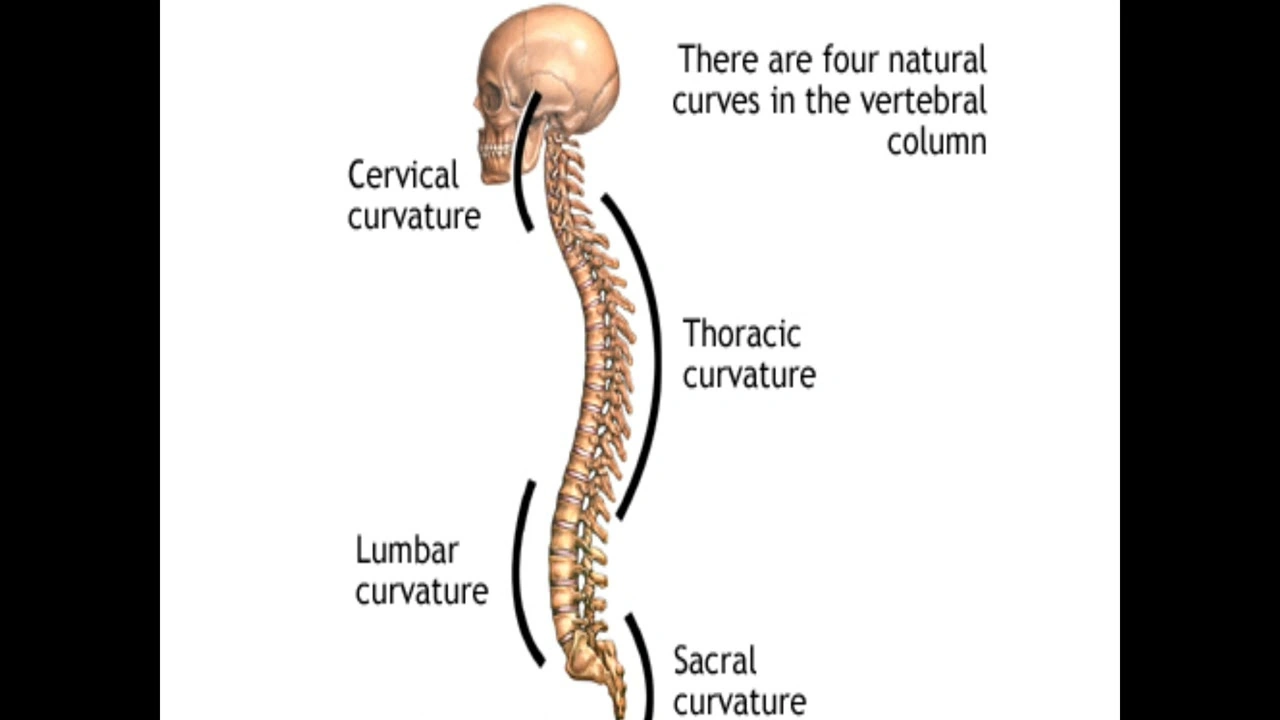
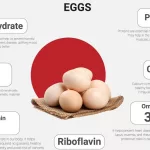




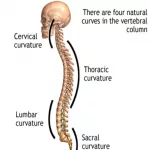

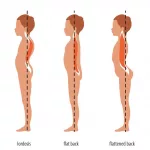

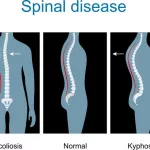



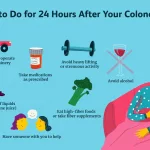


Leave a Reply
You must be logged in to post a comment.